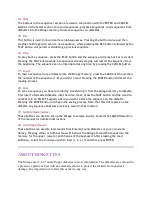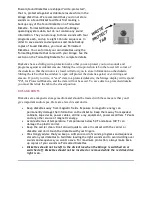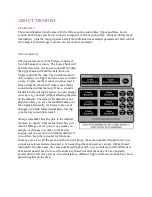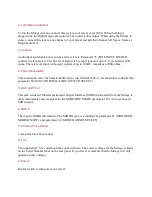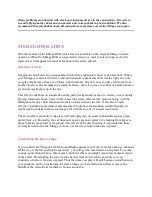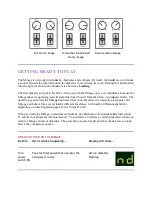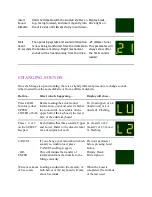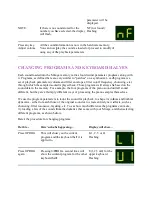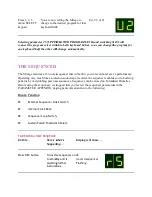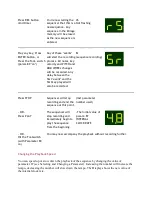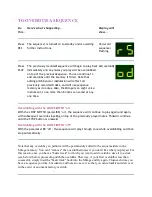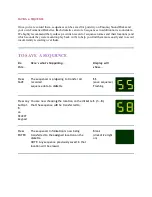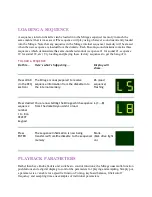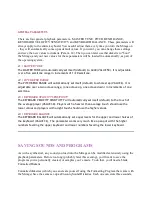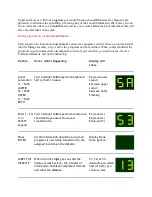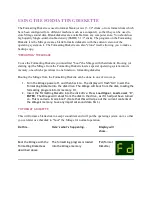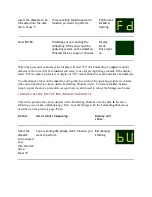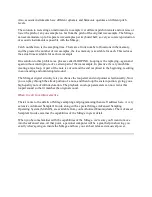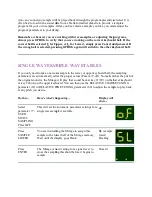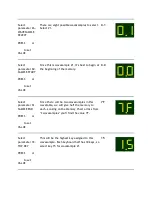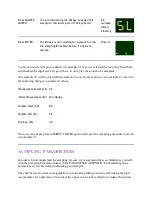
The parameters of the Mirage are divided into two main categories-playback parameters and
sampling parameters. The playback parameters have to do with modifying or enhancing a sound
that's already in the Mirage memory. The sampling parameters deal with getting the sound from
its source into the Mirage memory. We'll save the sampling parameters for later on in the manual
and just talk about the playback parameters here.
How To Use The Control Panel
In order to work with the parameters, you'll need some familiarization with the control panel.
Since all parameter changes are made using the same pushbuttons, you'll only have to learn the
procedure once.
First, some Mirage parameter basics:
•
Pressing the
Param
button will display the current parameter number. Refer to the
parameter list in the manual or the parameter card to find out what each parameter
does.
•
Parameter numbers can be changed only by keying the number on the SELECT keypad.
All parameters are two-digit numbers. After you enter the first digit, the display will
show a flashing "L" or "U", indicating which keyboard half the parameter applies to.
The "L" or "U" will be replaced by the second parameter digit as you enter it.
•
Pressing the
Value
button will show you the current numeric value or status of the
current parameter.
•
The value can be changed only by pressing the "On/Up" or "Off/Down" button below
the display. When the parameter is a switch function, these are the "ON-OFF" buttons.
•
While in the
parameter
mode, the parameter LED will be lit. Pressing the "On/Up" or
"Off/Down" button will automatically switch to the
value
mode. While in the value
mode, the value LED will be lit.
•
Pressing any numeric button on the SELECT keypad will automatically switch to the
parameter mode.
•
Pressing the "On/Up" or "Off/Down" buttons intermittently will change the value one
digit at a time. Holding the button down will cause the value to change at an
accelerating rate. This will give you both coarse and fine control.
•
In order to hear the change in sound made by a parameter value, it is necessary to
play a new note after each value change. A recommended procedure is to play one key
repeatedly while changing the parameter value.
•
A complete description of all playback parameters is found in the PARAMETER
APPENDIX.
•
Parameter values are not constant. The value will have a different meaning for nearly
every parameter. For example, the MASTER TUNE parameter values are 100 steps (0-
99) of 1/20 semitone each, while VELOCITY SENSITIVITY values are 32 steps (0-31)
which merely describe the minimum and maximum sensitivity limits.
•
Parameters 11-19 are command parameters. They tell the Mirage to perform specific
functions, such as saving a particular program or sound, and have no numeric value.
Command parameters will always require you to press ENTER to confirm the command,
or CANCEL to abort it. After executing the command, the Mirage will display the
parameter number.

